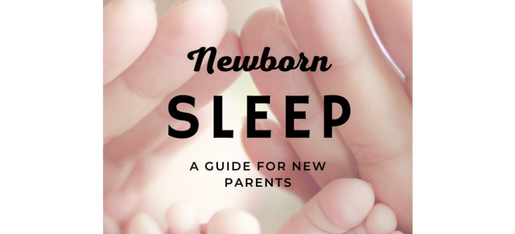Signed in as:
filler@godaddy.com
Signed in as:
filler@godaddy.com
Sleep associations are the core to how we fall asleep and stay asleep. As adults, we may require a closed door, pitch black room, cool sheets, the fan on, white noise, etc. When we fall asleep at night we expect everything to be just the way we left it when we wake in the morning. If something is out of whack, we have trouble falling asleep. Similarly, babies naturally associate certain conditions with naps and bedtime and, as parents, we must strive to make their environment conducive for sleeping.
Sleep is a learned process; the sooner a baby learns to fall asleep unassisted, the easier changes will be on them and their parents. Healthy sleep habits do not necessarily have to come from tough love. A small child can be taught to associate sleep with positive activities, such as a story or a calming bath. The concern for the child’s emotional development is very real for every parent and if modern society allowed parents to practice a proximal care style, there would not necessarily be a need for children to cry themselves to sleep at such young ages. However, human biology plays a role in how infants learn to fall asleep. They develop associations with every new stage in life; sitting in a high chair means food time, putting on shoes means time to go outside. They will associate their parents for sleep rituals and be unable to return to sleep by themselves. If we, as parents, never give our children the opportunity how will they learn?
A baby can be taught to self-soothe from the day they are brought home from the hospital. Just the simple practice of laying them down when they shows signs of tiredness will allow them to drift to sleep, unassisted. But, for children who have never been taught to self-soothe, the process can be temporarily upsetting. Depending on the temperament of the child, the parents’ concerns, and the child’s sleep deficit will determine which sleep training method will work the best. But the older the child, the harder it will be to disassociate old routines, use softer methods of sleep training, and create new healthy sleeping habits.
Copyright © 2023 Sleep Harmony - All Rights Reserved.

We have just launched a new Ebook especially for parents of newborns.
A guide for new parents with information and suggestions relating to safe sleep, sleep environments, wake windows, tired signs and sleep associations.
This ebook is the user manual that your precious baby should have come with.